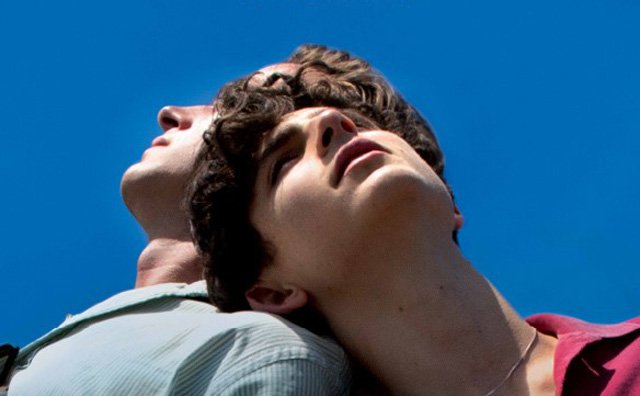Call Me By Your Name and Wonderstruck make their bid for awards season at the Festival du nouveau cinéma
While major film festivals like the Sundance Film Festival and the Toronto International Film Festival have always welcomed the biggest names in the industry, the Festival du nouveau cinéma gathers a more modest crowd. However, that doesn’t mean the festival’s programming fails to match up with its competitors.
This year’s lineup included a range of high-profile films, including Quebec filmmaker Denis Villeneuve’s Blade Runner 2049 and Yorgos Lanthimos’ The Killing of a Sacred Deer, starring Nicole Kidman and Colin Farrell.
In addition, two of the most highly anticipated films, Call Me By Your Name and Wonderstruck, screened during the festival’s final weekend. Let’s see if they lived up to the hype.
Call Me By Your Name
When a film receives so much praise across the board, it might be tempting to dismiss it as overrated. Luca Guadagnino’s Call Me By Your Name is not such a film. Starring Armie Hammer and newcomer Timothée Chalamet, the film is a sexy coming-of-age tale that explores first love, self-discovery and heartbreak.
Set in northern Italy during the summer of 1983, the film follows Elio (Chalamet), a boyish and brooding 17-year-old who, while vacationing with his academic parents at their summer villa, becomes transfixed with 20-something Oliver (Hammer), an American grad student who arrives to work with Elio’s father for six weeks. Elio and his parents are intellectuals—they’re all perfectly trilingual and read Joseph Conrad while lounging by the pool—and so is Oliver, so he fits right in.
As Elio and Oliver get to know one another, they are simultaneously perplexed by and drawn to each other. This creates a push-pull relationship in which neither of them are entirely sure the other is interested. But the chemistry between them is palpable, and their desire for one another is beautifully exemplified against the sumptuous backdrop of the Italian vistas they explore together.
Elio experiences all of the typical highs and lows of first love. Yet his heartbreak is amplified to a new level, perhaps because their relationship is never fully realized and their romance is somewhat forbidden. The more entangled Elio and Oliver become, the more devastating their eventual goodbye feels.
Call Me By Your Name is a true masterpiece, and it’s hard to imagine Guadagnino ever topping it. It’s safe to say the film is a shoe-in for awards season, with both Hammer and Chalamet poised to receive tons of accolades for their crushingly honest and sensitive performances. This is absolutely not one to miss.
Call Me By Your Name hits theatres everywhere on Nov. 24.
Wonderstruck
“We are all in the gutter, but some of us are looking at the stars.” This quote is oftentimes the only source of comfort for young Ben, the main character in Todd Haynes’ brilliant film, Wonderstruck. After Ben loses his mother in a car accident, and then loses his hearing when he is struck by lightning through a telephone, he decides to run away to New York City in search of his father, whom he has never met.
Ben’s story, set in 1977, is told simultaneously alongside that of Rose, a young deaf girl who lives in New Jersey in 1927. Rose, like Ben, is also trying to escape a reality she cannot fathom. Told in black-and-white, silent-film-style flashbacks, Rose travels to New York City to free herself of her strict father and reunite with her absentee mother. As Rose and Ben’s journeys unfold side-by-side, they happen upon the same places, but it’s unclear how the two are connected.
Haynes is known for invoking strong performances from his actors, and he does so beautifully here with lead actresses Julianne Moore and Michelle Williams. Williams gets little screen time, but she pulls off her wistful, loving character well, and you miss her when she’s not on screen. Moore, on the other hand, delivers yet another emotionally rich and mesmerizing performance without ever saying a word. The film’s young cast, comprised of Oakes Fegley as Ben, Jaden Michael as Jamie and Millicent Simmonds as Rose, provide a sweet purity and sense of excitement that only adds to the film’s magic. Wonderstruck isn’t Haynes’ best work, but it will certainly strike a chord with audiences—there won’t be a dry eye in the theatre once the film ends.
Wonderstruck is currently playing in Montreal theatres.
